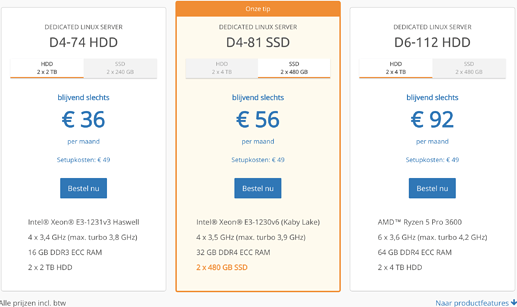Hello, Id’e like to raise a poll if DDR4 v4 should be getting more rewards than DDR3 v2
I’m not discoursing ddr3 nodes, but I think the difference should be as also in the price it’s a 3/4 fold difference.
My opinion:
Looking at companies like AWS, iCloud etc it’s very likely all these DataCenters they have is massively build in the newest hardware. Als for this reason they can build a stable and fastest services. Looking at TFT we’re having ddr3 v2 nodes, v3, ddr4 v3, v4. These are all different nodes, with different investments. Also of course knowing your places to be will also reflect much in the price.
But on the explorer there is 0 difference, this means when a user deploy’s a server for price 10TFT(for example) and get’s a ddr3 v2 and user 2 get’s a ddr4 V4 unit with the newest Proliant for 10TFT.
I believe this is not the way to build a stable and trusted network, when deploying a server online somewhere it’s also very clear what kind of hardware your deploying. Here on TFT it could be anything from even DDR2 to DDR5.
I don’t want to piss of the people running ddr2 or ddr3 nodes, but i paid a fair price for DDR4 360 g9 proliant units and I think it’s a bit unfair you het the same for an older unit that’s 1/3 of the price (like on als HP or dell unit)
I really hope all the people react understanding this is not cuite helpfull for ddr3 users, but if we wanna keep TFT alive I think this a must as also bussines la person I wouldn’t use this not knowing what kind of hardware I’m deploying. Especially if it’s at peoples home, it could be Even ddr1 or 2.
Summary
This text will be hidden

 up to date at all time.
up to date at all time.

